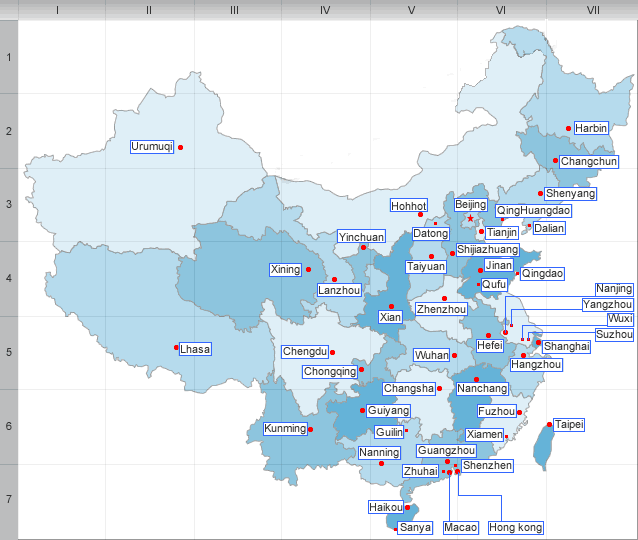Hangzhou History
History
Although Hangzhou and Suzhou have been associated in the epithet ‘Above is Heaven, below are Suzhou and Hangzhou’, at certain periods in their history they were at war with each other. The history of Hangzhou does not stretch quite as far back as Suzhou’s – indeed in the Han dynasty it was probably still under water. Emperor Qin Shihuang, who first unified China, is said to have moored his boat on what is now the northern shore of West Lake. By the fourth century a silt barrier had formed across the bay separating the lake from the Qiantang River and forming the area where Hangzhou would be built.
The Imperial Canal was completed as far as Hangzhou at the end of the sixth century, in the Sui dynasty, and Hangzhou began to come into its own. The first city wall was built by Yang Suo, who also carried out some dyke work at the end of the sixth century. The original settlements were probably around Wu shan and Fenghuang shan, south of the modern city, and during the Tang dynasty it was a thriving centre. In the tenth century Hangzhou was the capital of the state of Wu Yue, and more land reclamation work was carried out. During the first part of the Song dynasty the famous poet Su Dongpo was governor.
The second half of the Song dynasty gave rise to the second golden age of the city. With the southward encroachment of the Tartars the capital was moved from Kaifeng to Hangzhou, which be-came an international trading centre for silk. Most of the imperial buildings, which have long since been destroyed, were in the southern half of the city. The city was ravaged by the Mongols, but by the time that such travellers as Marco Polo and the German Friar Odoric visited it in the fourteenth century it was once more flourishing.
In the Ming and Qing dynasties the city walls were rebuilt and the Tartar city was established. The ubiquitous emperors of the Qing dynasty, Kang xi and Qian long, did much for the reputation of the place by making it one of their favourite summer retreats and building palaces here. In the Taiping Rebellion the city was largely destroyed, although in the 1920s Carl Crow was able to report that consider-able progress had been made since the founding of the Republic, that the Tartar city was one of the finest in China, that it had good road communications and broad streets and was one of the favourite resorts of the wealthy; it also had the most famous fan shop and Chinese medicine store in China.
| PREV:Suzhou Overview | Next:Suzhou History |



